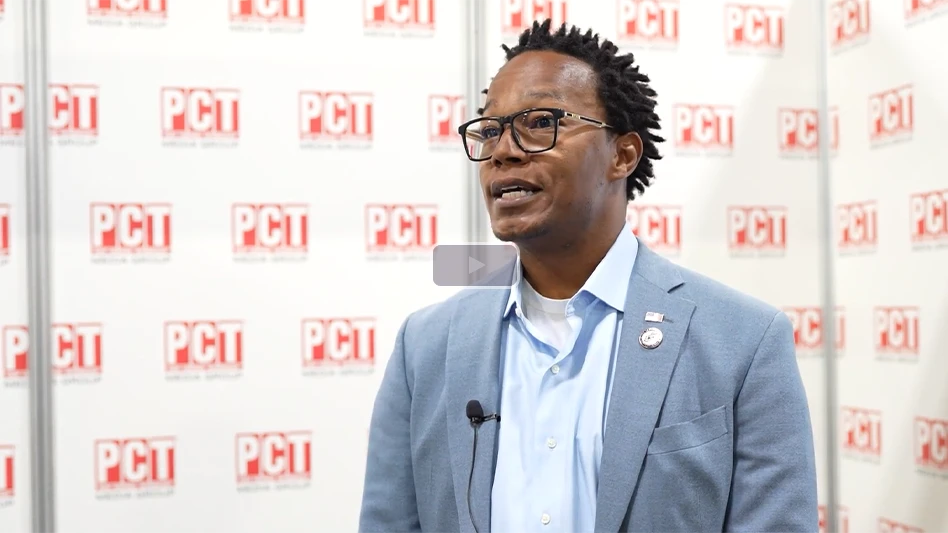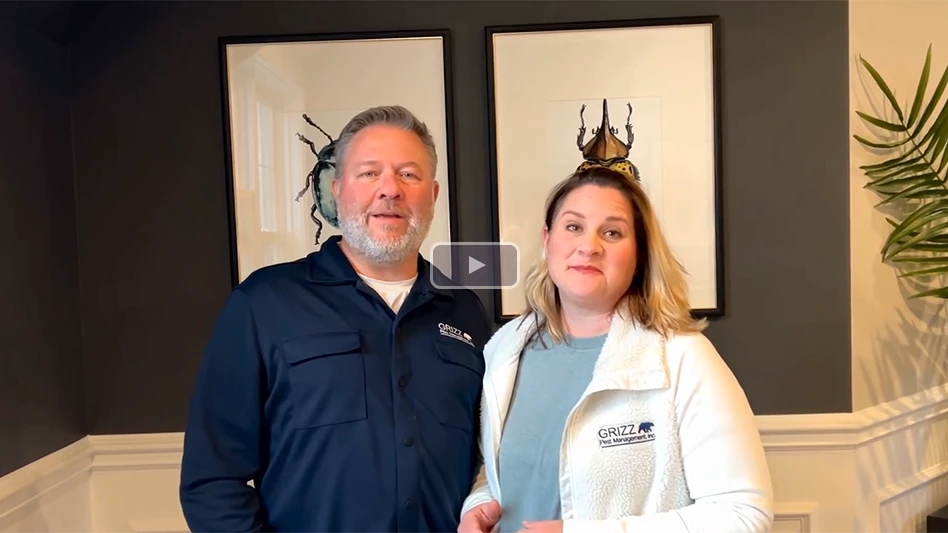For more than 20 years, the industry has benefitted from the use of gel baits as an effective, convenient and environmentally friendly cockroach control tool. Arguably, no other technological advancement has done more to help the industry meet the challenge of reducing indoor pesticide usage while at the same time providing highly effective cockroach control services. Gel baits are now the industry’s go-to products for controlling German cockroaches, the most common and resilient species in structures.
Despite periodic difficulties due to bait aversion at some sites, infestations can be easily managed by implementing sound Integrated Pest Management practices, including improving sanitation, eliminating harborages, rotating products, and using other supplementary controls, such as insecticide dusts.
Lab experiments using field-collected cockroaches repeatedly verify that modern gel bait formulations can kill nearly 100 percent of the cockroaches within a week or less. However, efficacy in the field is often slower or less satisfactory than laboratory results. As a result, some technicians try to compensate by applying larger than required quantities of bait, accumulating excessive amount of bait residues in structures over time.
Given these conflicting facts, I wondered whether it was possible to achieve highly effective cockroach control with gel baits and, at the same time, greatly reduce the amount of gel bait (hence, the active ingredient) being applied inside of a residential or commercial account.
The effectiveness of cockroach gel baits is determined by a number of factors: 1) the attractiveness of the bait itself; 2) the locations and number of placements; 3) sanitation level or existence of alternative food resources; and 4) cockroaches’ physiological resistance and/or bait aversion. Among these factors, a technician’s application technique is critical to maximizing efficacy. The location, size and number of gel placements can have a dramatic impact on results.
But how much gel bait is enough to eliminate an active infestation? Surprisingly, there is no detailed information available on the question of optimum bait placement. So to help determine the minimum amount of bait needed to achieve maximum control, my team at Rutgers conducted a field study in New Jersey apartment buildings during 2009 using Maxforce FC Magnum gel bait with 0.05-percent fipronil.*
STUDY BASICS. Twenty-one apartments from 12 buildings in Plainfield and Jersey City, N.J., were selected for this study. Each apartment had one to five bedrooms and one bathroom. Six sticky traps were placed in each apartment for one night to estimate the German cockroach population levels. Traps were placed inside the cabinet under the kitchen sink, inside the cabinet above the kitchen sink, beside the stove, beside the refrigerator, beside the clothes washer or at one corner of the kitchen, and behind the toilet. Overnight trapping before treatment indicated these apartments had between 10 to 282 cockroaches per unit.
The existing low label rate for applications of gel bait required applying 3 grams of bait (equivalent to one dime-sized spot) per square yard to control "moderate" infestations. We tested three rates: I, the low label rate (3.0 grams bait per square yard); II, 1.5 grams bait per square yard; and III, 0.75 gram bait per square yard. The size of an individual bait placement was fixed at 0.1 gram (about ¼ inch or 0.6 centimeters in diameter), and the different application rates were achieved by changing the number of bait placements (see table on page 76). A baiting gun was used to dispense bait into cockroach harborages. The amount of bait and distribution in each apartment was determined by the application rate and the location and number of active cockroach harborages. Bait was only applied to locations where active infestations were found. Therefore, a larger kitchen floor area with lower cockroach density did not necessarily receive more bait than a smaller kitchen with higher cockroach density.
Treatments took place in September 2009, and the apartments were randomly assigned so that apartments in the same treatment had similar cockroach counts. The number of apartments assigned to groups I, II and III was seven, eight and six, respectively. Additional bait (0.5 gram to one apartment in group II, and 1.0 gram in each of two apartments in group III) was applied at four or eight weeks, where cockroaches were found but no bait existed near these infested harborages.
Besides recording the absolute amount of gel bait applied in each apartment, initial service application time was also measured. These data allowed us to consider material and labor cost implications in addition to efficacy, which was measured via placement of sticky traps at one, two, four, and eight weeks after treatment. The traps were collected after a period of one day.
STUDY RESULTS. The average number of cockroaches before treatment was 64, 76 and 37 per apartment in treatment groups I, II, and III, respectively. The average service time for the initial treatment was 38, 28, and 23 minutes in treatment groups I, II and III, respectively. They were not statistically different from each other. The average amount of bait applied for the initial service was 64, 36 and 16 grams per apartment in treatment groups I, II and III, respectively. The amount of bait applied in treatment III was significantly lower than that in group I.
At week one, mean cockroach count reductions were 94 percent, 92 percent and 81 percent in treatment groups I, II and III, respectively (see chart on page 78). By four weeks, average cockroach control among the three groups ranged between 98 percent and 99 percent, or near elimination. The 0.75 gram per square yard rate has a slower (but not statistically different) population knockdown effect, compared to higher application rates. By week eight, mean cockroach count reductions increased to 100 percent, 99 percent and 94 percent in treatment groups I, II and III, respectively. At the end of the study (week eight), while there were no statistical differences in cockroach control among the three application rates, two of the six apartments in treatment group III experienced a slight increase in cockroaches caught in sticky traps; the remaining four apartments still averaged 99 percent control. All apartments except one in group III had four or fewer cockroaches based on trap counts.
CONCLUSIONS. This field research, conducted in the cockroach control "proving grounds" of tough inner-city, multi-family housing, has shown that by placing numerous small amounts of bait (¼-inch diameter per placement) at or near cockroach harborages, pest management professionals can significantly reduce bait usage and material cost yet still maintain a high level of control of German cockroach infestations. With precision baiting as described in this study, the current label application rate for the gel bait can be reduced by 50 percent or more without compromising cockroach control. Using a reduced rate will not only reduce material costs, but also has the potential to significantly reduce labor costs as indicated by the decreasing trend in service time from group I to group III.
*The results in this research are relevant only to Maxforce FC Magnum containing 0.05 percent fipronil. Results from this study cannot be extrapolated to other cockroach gel baits.
Changlu Wang is an assistant extension specialist with the Department of Entomology at Rutgers University. The author received financial support from Bayer Environmental Science as well as staff assistance from Jersey Housing Authority and Connolly Properties.

Explore the July 2010 Issue
Check out more from this issue and find your next story to read.
Latest from Pest Control Technology
- MGK Announces EPA Registration of Botanical Active Ingredient Veratrine
- Termite Control Sales Strategies
- NPMA Announces ELP Class of 2025
- Termite Control Tools and Equipment for PMPs
- Choe Reviews Drywood Termite Geographical Hotspots, Latest Research Findings
- Mosquito Squad Announces Rebranding to Mosquito Squad Plus
- Pest Control Equipment: If it’s Critical, Back it Up!
- In Memoriam: Marybeth Wonson





